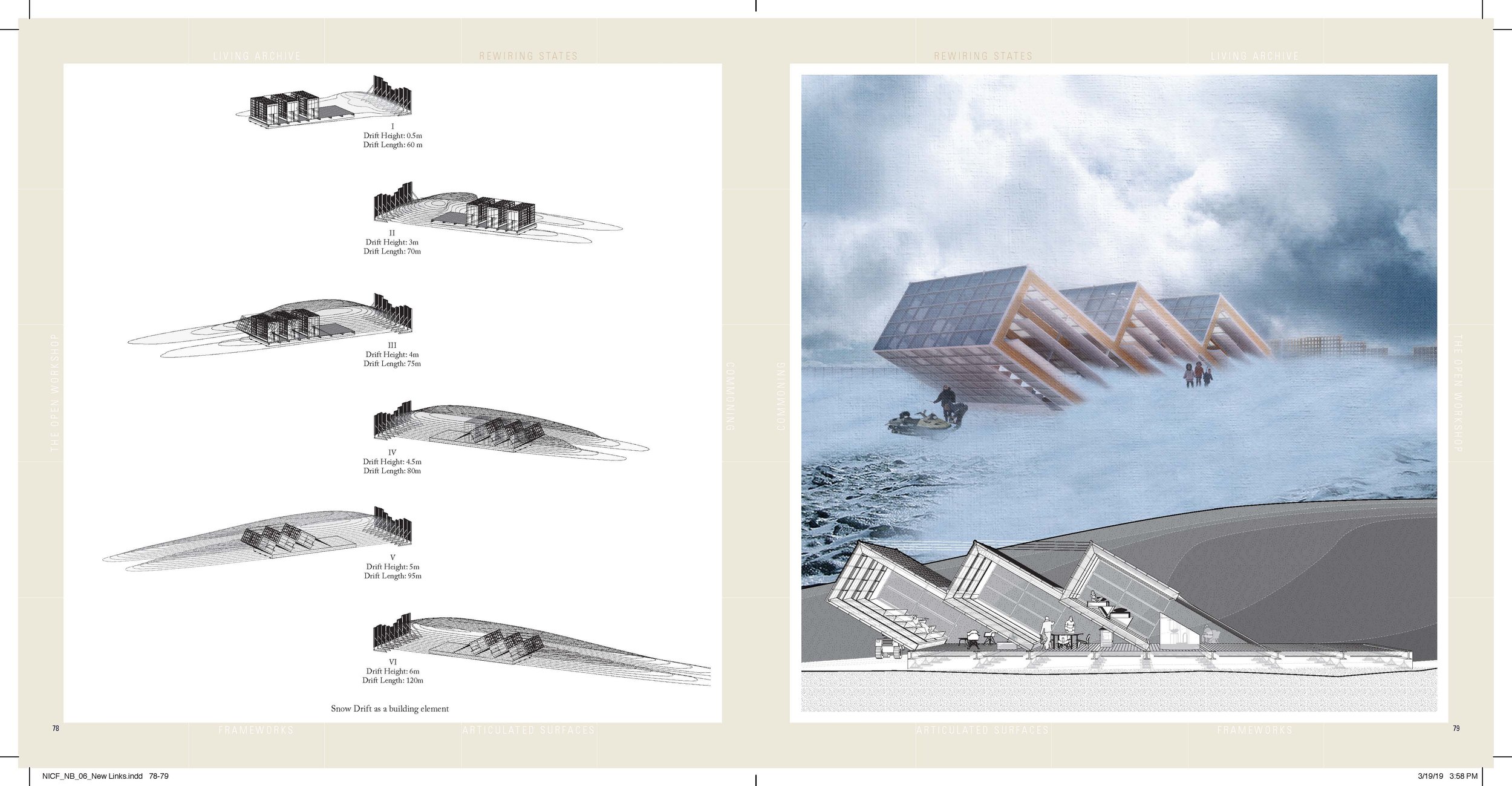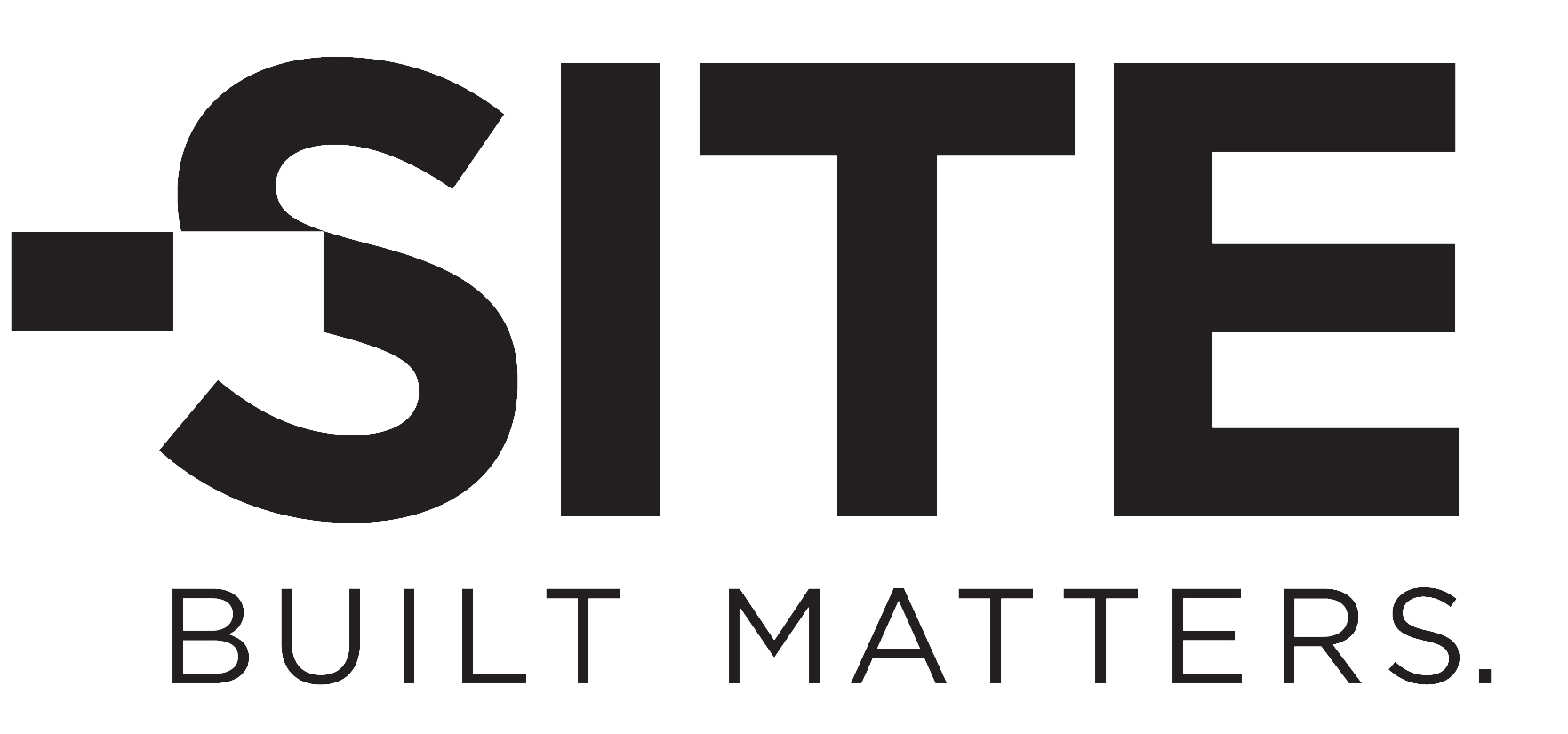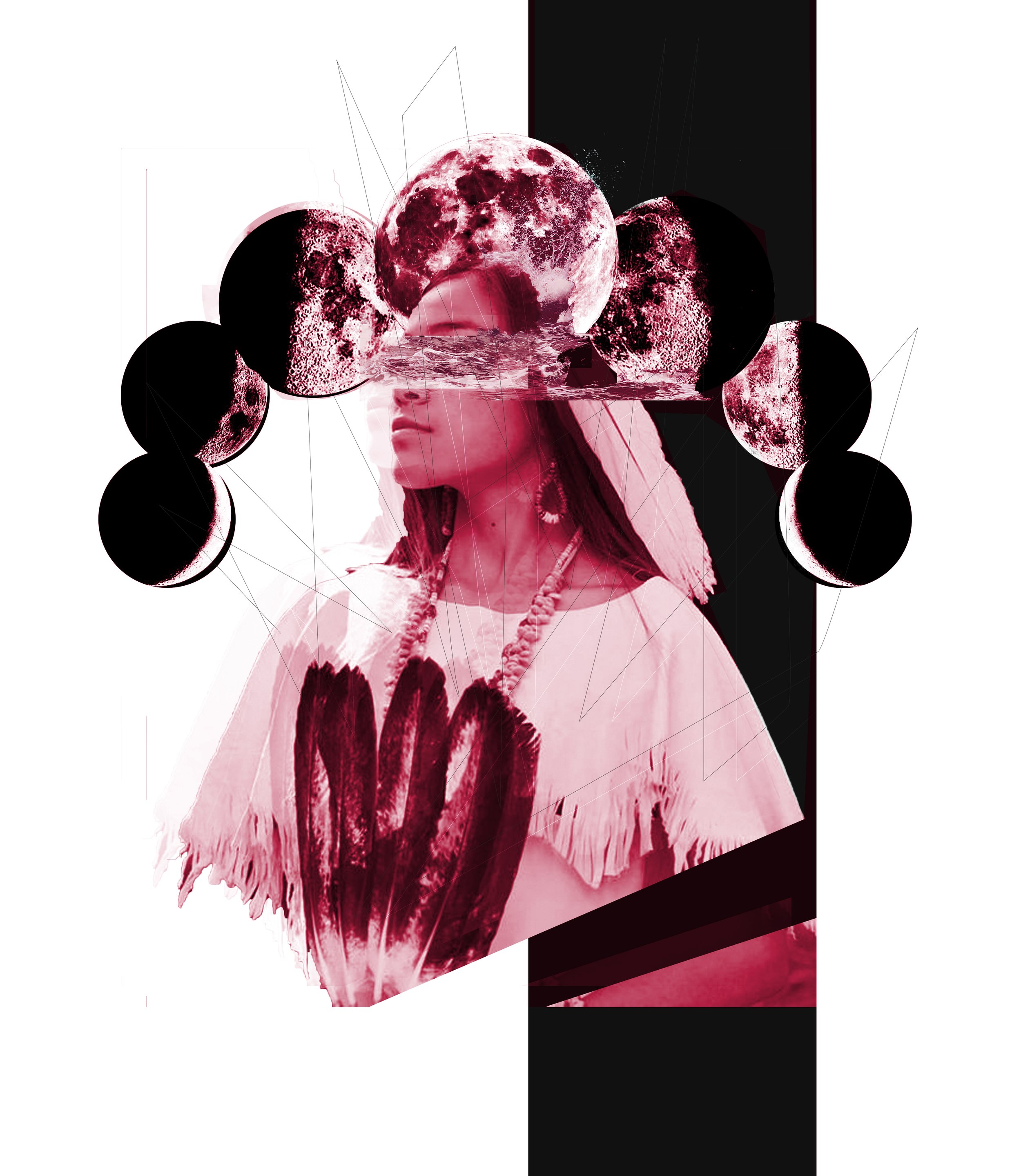New Investigations in Collective Form: The Open Workshop

Actar Publishers/CCA Architecture Books (2019)
By Sarah Deyong
The fight against social injustices and climate change are accelerating their course. Though formalism may have allowed architects to retreat from socio-political issues in the past, to continue to do so would be nothing short of irresponsible when we know, all too well, that buildings generate nearly 40 percent of annual greenhouse gas emissions, and that discrimination does not go away by itself but requires action, reparation, and solidarity. The Open Workshop, founded by Neeraj Bhatia in 2013 in Toronto and San Francisco, counts among a new generation of architectural and urban design practices whose work seeks productive overlaps between urban form and social justice. The office’s critical monograph, New Investigations in Collective Form (Actar/CCA Publications, 2019) presents a compelling body of speculative projects that sees form not as an impotent witness to pressing social and environmental problems, but an answer and possible solution. As Bhatia has explained, "We are interested in how the discipline of architecture can play a guiding role in these systemic challenges, recasting them not solely as technological issues but also as cultural questions." (1) As if to underscore this point, the Illustrations in the opening chapter seem to act as a kind of frontispiece, but instead of tools of the trade, we find isometric drawings and valley sections analyzing the geographic and spatial implications of the 2016 US presidential election, where Hilary Clinton won the popular vote by a landslide, yet lost the election.
New Investigations in Collective Form is based on The Open Workshop's eponymous exhibition in 2018 at the Yerba Buena Center for the Arts (YBCA) in San Francisco, which in turn, was part of the YBCA's City Initiative program. The title of both the exhibition and book is indebted to a 1964 book by the Japanese Metabolist Fumihiko Maki. (2) Written in response to the twin spectres of housing and world population growth, Maki's essay identified three schemas for collective form: objects in a field (composition form), clusters (group form), and large frameworks containing mobile components (the megastructure). While the former referred to Le Corbusier's Athens Charter, the latter two were inspired by Team X, whose research and creative work yielded a fourth schema to the problem of permanence and change: mats. In referencing Maki and others, including Team X and Archigram, Bhatia sees the possibility of a collective form that supports, in equal measure, the antipodes of private and public, determinacy and indeterminacy, control and choice, permanence and change, and perhaps most importantly, individuality and plurality, or what Hannah Arendt has called individual distinction and collective equality. Expanding on Maki's inquiry and Arendt's definition of pluralism, Bhatia sees collective form as an open and time-based work. In 2018, the workshop made a seven-metre scroll of a nameless landscape stretching from the city to the hinterlands called Life along the Conduit during the Anthropocene and invited the public to draw in spaces of collectivity that they have experienced in their own lives.
Collective form, here understood as a dialectical creation among multiple agents and around common values, is a guiding principle for The Open Workshop's body of work. Consisting of projects completed between 2013 and 2018, New Investigations organizes the group's work around five thematic headings—Living Archives, Rewiring States, Commoning, Articulated Surfaces, and Frameworks—and includes essays by perspicacious scholars, artists, and architects—Pier Vittorio Aureli, Charles Waldheim, Jenny Odell, Clare Lyster, Rafi Segal, Albert Pope, and Peggy Deamer—all of whom offer insightful commentary on the various projects. According to Bhatia, the five categories are meant to extend Maki's approaches to collective form, but in this, there is an important departure from the legacy of postwar visionary architecture. Only two of the categories, Articulated Surfaces and Frameworks, are form based, and the others offer not so much a taxonomy of forms but an investigation into how form, in all its uniqueness and multiplicity, can be deployed to negotiate other things: archives, environmental states, and commons, for example.
Living Archives speaks to projects that question, critique, and reframe the artifacts of history. For example, the Varna Public Library & Archive in Varna, Bulgaria. This library archives the tremendous creative production that transpired despite Bulgaria's history of oppressive regimes. Fields of columns hold slabs of collective information, while underground rooms speak to the secret, private spaces of kitchens, living rooms, and alleys. The formal composition investigates both metaphorically and spatially the idea of the individual and collective in history, going back to the Ottoman Empire. The section on Commoning speaks to design strategies for transcending market forces in order to embrace cultures of sharing, and to projects such as Re-Commoning the Frontier in San Francisco. This project tackles the trenchant problem of gentrification in a neighbourhood where real estate prices have soared. It proposes a two-pronged strategy for incentivizing communities to stay. Whereas the first involves a proposition for residents to monetize their property while at the same time living on it, the second relates to the notion of cultural identity, in other words, to the proposition that one stays in a particular community when there are shared resources, which in this case, are amenities by local artisans. In foregrounding individual distinction within a plural collective, this proposition recalls Atelier Bow-Wow's dérive of endearing Architectural Pets, unusual spatial configurations of flower shops, travel agencies, bike shops, and so on, in the terrain vague of Tokyo.
In New Investigations of Collective Form, Bhatia and The Open Workshop make a strong case not only for a nuanced understanding of collective form, but also for disciplinary concepts and historical precedents, which they see as an open source of continual appropriation and radical reinvention in the face of changing values. In taking on social and environmental issues, they engage the discipline and deploy its concepts and forms in ways that suspend certain elements of reality so that other realities can emerge. Their projects convince us that the power of form and the design of space can indeed play a guiding role in addressing the systemic challenges we collectively face today.
Endnotes
The second edition of New Investigations in Collective Form is being published by Applied Research + Design and will be available in the fall of 2022.
(1) Neeraj Bhatia, interview by Lucía Sanromán, The Open Workshop: New Investigations in Collective Form (San Francisco: Yerba Buena Center for the Arts, 2018), exhibition catalogue.
(2) Fuhmiko Maki, Investigations in Collective Form (St. Louis: Washington University, 1964).
Bio
Sarah Deyong is associate professor of architecture at the University of Nebraska-Lincoln. She teaches in the areas of history, theory, and criticism (HTC) and design studio. She believes that areas of specialization, such as HTC, must effectively enhance the vital centre of the curriculum: studio and integrated design. Much of her research is focused on the post-WWII period to the present, underscoring the symbiotic relationship between HTC and design practice.











